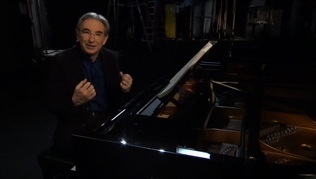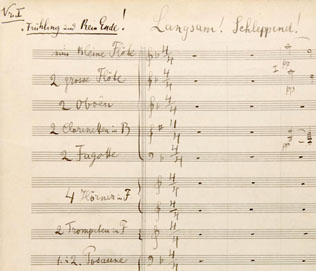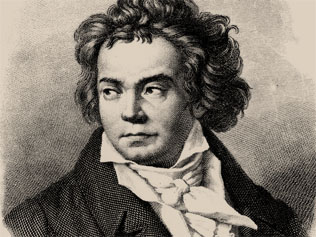 Play
Play
wie ein Naturlaut
As a boy, Mahler loved to escape from the town and ramble in the ravine just outside the town walls, where his father would often find him in rapt attention to the sounds around him.
"In this movement the whole of nature finds a voice."
-
The first thing we hear is the note A played over six octaves. An ethereal sound without melody, rhythm or harmony, it encircles us like a horizon.
-
This intimate yet expansive “sound of silence” becomes a backdrop for the woodwind's echoing exchanges of a simple falling fourth. Soon these fourths link up with one another in a mysterious chain.
-
That ends on a thorny B flat. At the same time the dreamy calm is broken by a distant hunting call in the clarinets.
-
The mystery deepens as a sudden loud cry in the oboes tugs us back to the note A.



